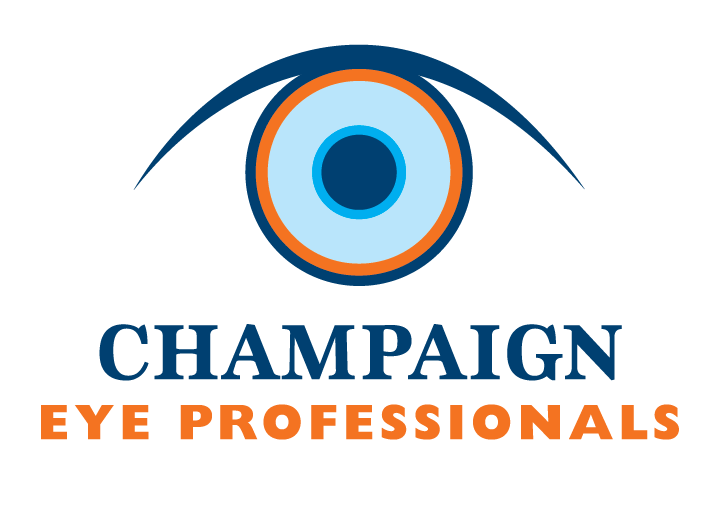Which Type of Glasses – Wire Rim or Plastic?
Are you getting new glasses? If so, you’ll need to see the eye doctor in Champaign IL for an exam. Once you’ve had your eye exam, you’ll need to choose from the eye glasses available in their showroom.
Most eye doctors sell a combination of wire-rim glasses and plastic glasses. Each material is different and has advantages as well as disadvantages. Knowing the benefits of each type of glasses can help you decide which one is right for you.
What to Know About Wire Rim Frames
Wire rim is a classic material that people have been wearing for decades.
Pros: Wire rim frames are relatively lightweight, so many people find them comfortable to wear from the first day. Wire rims are also understated compared to plastic frames, so they’re sometimes seen as more professional.
Cons: Wire rim frames usually include nose pieces that need to be replaced on a regular basis, or they can become discolored and dirty. This may necessitate periodic visits to the eye doctor.
What to Know About Plastic Frames
Plastic frames have been popular for years, so eye doctors carry many varieties and options.
Pros: Plastic frames tend to be thicker than wire rim frames, and vibrant in their coloring. If you want to make a splash, plastic frames are for you.
Cons: Plastic frames are often heavier than wire frames, so they may require a period of adjustment before they’re completely comfortable.
Making Your Decision
Having trouble making a decision? Come to Champaign Eye Professionals to see our selection of eye glasses in Champaign IL. We’ll help you try on frames and show you our excellent selection of beautiful glasses. Call today to make an appointment for an eye exam.






